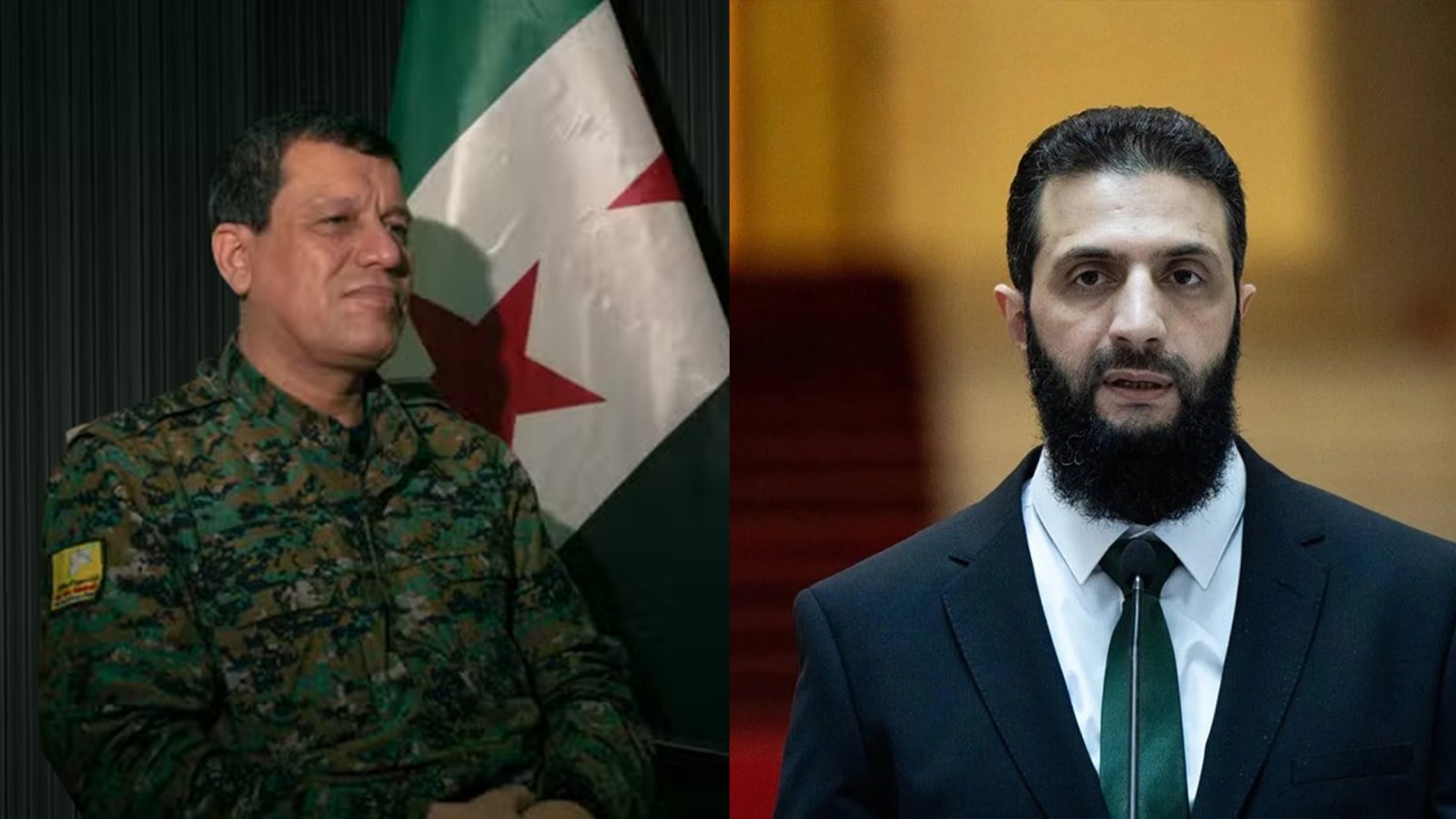In early January, Syrian President Ahmad al-Sharaa met with Syrian Democratic Forces (SDF) commander Mazloum Abdi at Al-Dumair Military Airport, east of Damascus. The meeting, which lasted for two hours, was held without the presence of international coalition representatives. It focused on security and military integration, as well as broader political and administrative concerns regarding Syria’s transition. However, Abdi reportedly did not receive a response from Sharaa on the “determinants paper,” particularly regarding centralization, an issue seen as pivotal to Syria’s territorial unity.
The Syrian government’s key demands included transferring control over internal and international border crossings with Iraq and Turkey, along with reinstating state institutions that had been abandoned following the collapse of the Assad regime on December 8. While Abdi emphasized the importance of state control over institutions, he maintained that SDF forces should remain a unified bloc within the newly forming Syrian army.
Meanwhile, a Western mediator delivered a detailed document to Al-Sharaa outlining a proposed roadmap for Syria’s transitional phase. The document called for a three-year transition, during which Syria would be reunited under a civilian state governed by the rule of law. It highlighted the historical marginalization of eastern Syria under the Ba’ath regime and emphasized the self-administration’s commitment to decentralization, pluralism, and inclusivity. The SDF positioned itself as a key national force, asserting that it had played a crucial role in maintaining Syria’s territorial integrity and fighting the Islamic State. The document rejected the idea of surrender, instead proposing an equal partnership between the self-administration and the Syrian government.
The roadmap included provisions for direct negotiations between all political and military factions under international mediation. It outlined plans for integrating SDF forces into a decentralized national security structure, restoring state institutions, and holding phased elections. Additionally, it proposed forming a National Dialogue Conference with representation from different Syrian regions, including northeast Syria, northwestern opposition areas, Suwayda, and the coastal regions.
Military integration remained one of the most contentious issues, with the document suggesting a gradual absorption of SDF forces into the Syrian army over three years. It also proposed restructuring counterterrorism units, maintaining regional security forces, and ensuring that local police would be composed of residents from their respective areas. The roadmap further recommended economic agreements, resource-sharing arrangements, and the reopening of border crossings under joint management.
Despite the extensive proposals and confidence-building measures suggested in the document, Al-Sharaa has yet to issue a formal response. The lack of clarity on centralization and military integration continues to raise concerns among transitional officials, who fear these unresolved issues could pave the way for federalization—or even the partition of Syria.
This article was translated and edited by The Syrian Observer. The Syrian Observer has not verified the content of this story. Responsibility for the information and views set out in this article lies entirely with the author.


